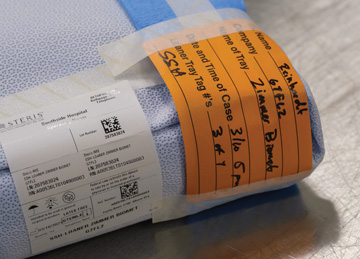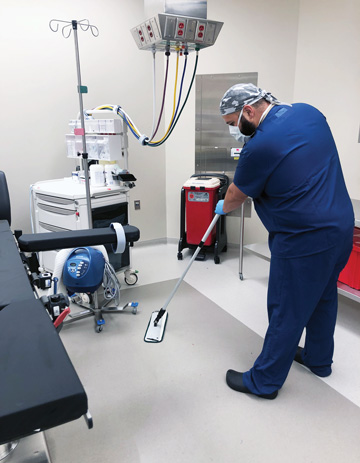Any patient arriving on the day of their surgery is going to be anxious. That anxiety will only grow, and their satisfaction will decline, if their surgery is delayed because of inefficient room turnover times. Getting ORs ready for the next case is not just about speed; it must be done properly to maintain patient safety by ensuring surfaces are properly disinfected.
Our high-volume orthopedic ASC has eight operating rooms and a procedure room. Most rooms are full of cases from early morning until late afternoon, Monday through Friday. Surgeons perform about 30 procedures on a slow day, and more than 80 when we are at our busiest. To keep pace with a packed surgical schedule, we’ve developed a successful room turnover process, defined as the time the patient is wheeled out of the OR to when the next patient is wheeled in. Our turnover times range from six minutes for smaller cases to no more than 18 minutes for larger cases such as total knees, total hips and total shoulders. By developing this successful process, we’ve enhanced patient satisfaction and patient safety, promoted teamwork and reduced the cost of delays in the operating room.
.svg?sfvrsn=be606e78_3)


.svg?sfvrsn=56b2f850_5)